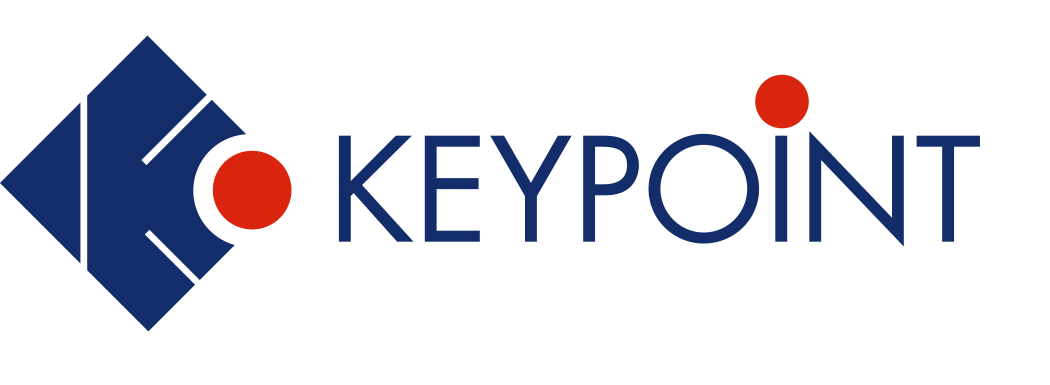Our lasers are customisable by selecting appropriate body diameter, wavelength, optical element, ingress protection, focus, pulsation, line length and width, optical power, operating voltage, laser safety class, cables, and connectors. Laser controls can be integrated with smart systems.
Ask for a quote!
Body diameter Ø (mm)
Lasers are available with 10, 12.7, 16, 20, and 25 mm body diameters. The size is influenced by the optical power, optical element, and operating temperature. For warm temperatures, a larger body size is more suitable, as it dissipates more heat, whereas a smaller body is ideal for colder circumstances. As a rule of thumb, more power equals a larger body size.
Wavelength (nm)

Available in purple (405 nm), blue (450 nm), green (520 nm), red (635 and 660 nm), and infrared (780, 808, 830, 880, and 980 nm) wavelengths. The red wavelength (635 nm) is common for applications viewed with the human eye. The green wavelength (520 nm) is more typically used in extreme conditions, due to its greater visibility compared to red. For machine vision solutions, the usual wavelength is 660 nm.
Line length and width
Line length can be optimised for each application. Fan angle, laser position and direction, height, and distance from the surface all have an effect on the length. For more information on defining the length, read our blog. Line width is usually 1–3 mm, depending on the wavelength and surface material.
Optical power (mW)
Available with optical power from 1 mW up to 300 mW. An even, non-reflective surface needs less power than a porous, light-absorbing surface.
Optical element
Our lasers are available with several different lenses. High quality optics result in precise projections; an achievable dot size from 100 mm focus distance is <25 μm (1/e²). A Powell lens produces a laser line with constant intensity, whereas Gaussian will highlight the centre part. Colophony lenses are more affordable alternatives than Gaussian lenses. A DOE (diffractive optical element) can be used to project various patterns. Read more about DOE optics >
Ingress protection
Our lasers are available in ingress protection IP62 or IP67. Class IP67 lasers are impervious to dust and can handle being submerged in water at a depth of one metre for 30 minutes. They come with a quartz window to protect the laser’s innards from moisture and dirt. All our lasers come with anodized aluminium bodies that can withstand vibrations and indirect hits. Electrical components are hermetically sealed from dust, moisture, and sub-zero temperatures.
Focus
Lasers are adjusted to either infinite (∞) or defined (0.1m–∞) focus distance. Infinite focus is used if a long line is needed, the laser is positioned far away from its target, or the laser line distance varies to the target.
Pulsation
All lasers are available with pulsing option. Did you know that pulsing a laser can decrease the impact of ambient light in machine vision measurement? The effects of ambient light can also be eliminated with a band-pass filter, whose use is made possible by the laser’s constant (coherent) wavelength.
Operating voltage (VDC)
Operating voltage is either 5, 8, 12, 16, or 24 VDC. With Keypoint’s power supply, the lasers can also be connected to mains power (230 VAC).
Laser safety class
Lasers are available in safety classes 1, 2, 2M, 3R, and 3B.
Cables and connectors
Lasers are available with different connectors at the end of either the laser or the cable. We make our lasers with requested connectors and/or cables.

